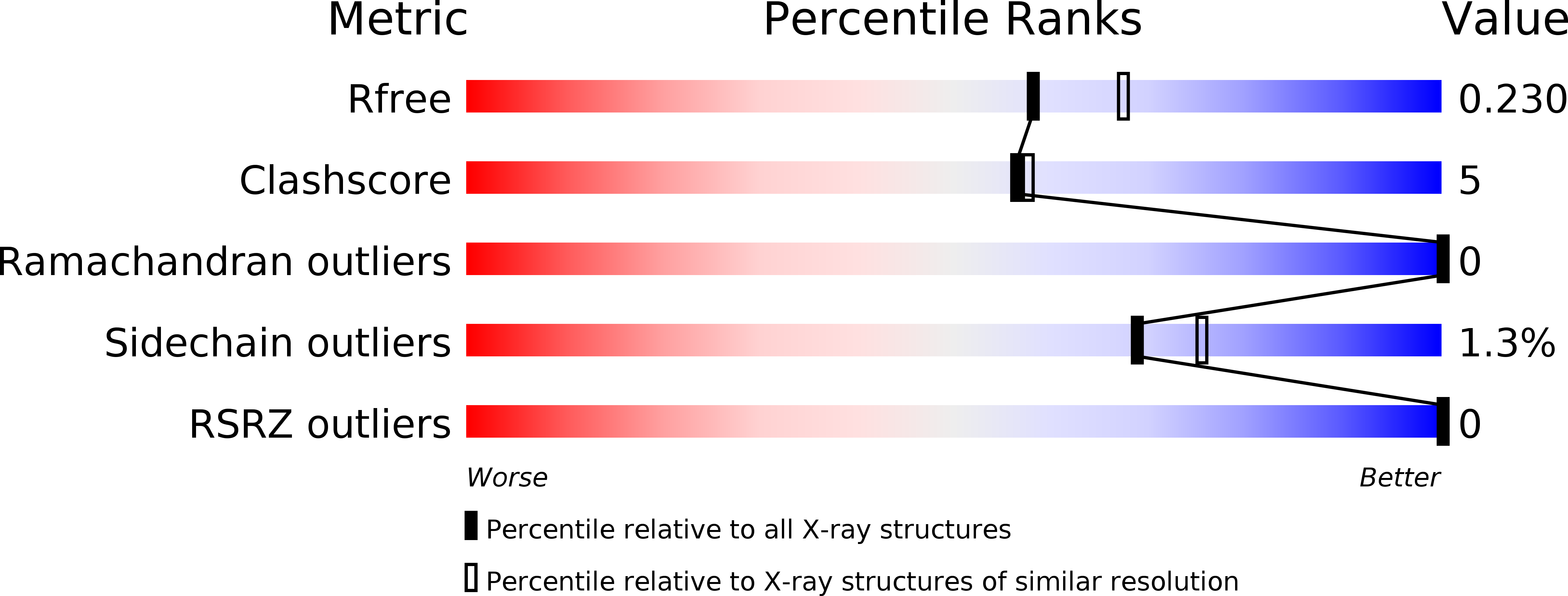
Deposition Date
2013-02-26
Release Date
2014-02-26
Last Version Date
2023-11-08
Entry Detail
PDB ID:
4JE7
Keywords:
Title:
Crystal structure of a human-like mitochondrial peptide deformylase in complex with actinonin
Biological Source:
Source Organism:
Arabidopsis thaliana (Taxon ID: 3702)
Host Organism:
Method Details:
Experimental Method:
Resolution:
2.10 Å
R-Value Free:
0.23
R-Value Work:
0.17
R-Value Observed:
0.18
Space Group:
P 21 21 21


